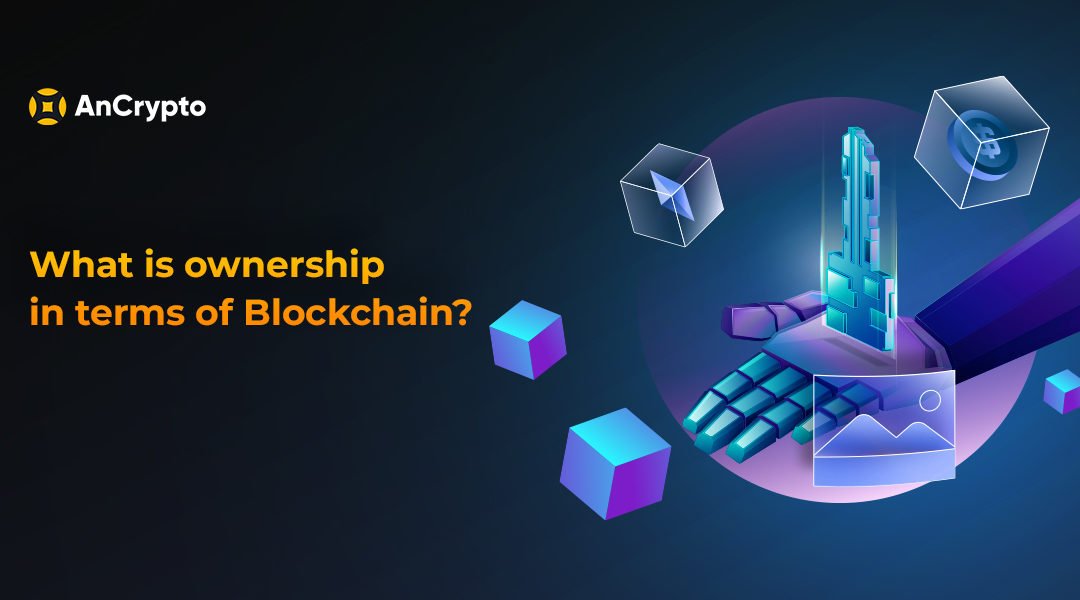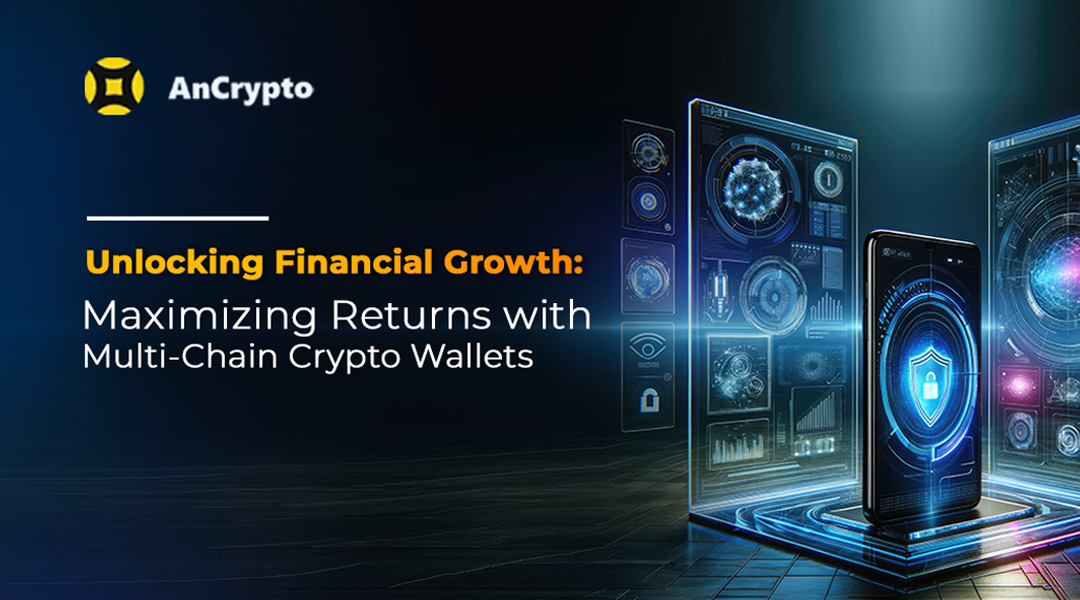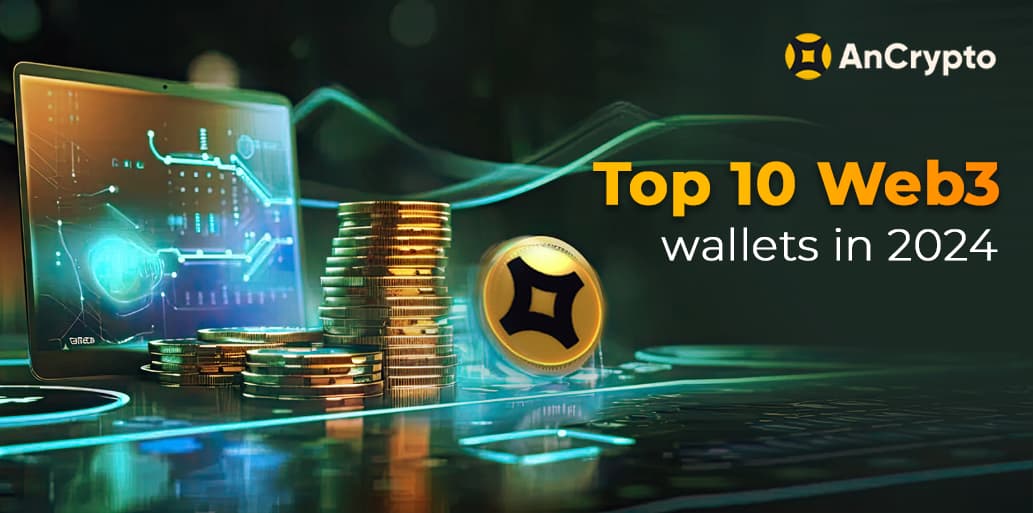Blockchain technology is poised to redefine how we store and transfer our assets online. Unlike traditional finance systems that rely upon trusted intermediaries ( like banks) to work, Blockchain technology uses a decentralized consensus mechanism and cryptographic algorithm to execute the transactions.
One key concept of blockchain garnering a lot of attention is Proof Of Ownership which means the ability to transfer and control digital assets on the Blockchain network.
Blockchain technology works on keeping personal information private and allowing users to manage their data ownership and monetization. Therefore, only users decide how to collect, store, sell, or buy their digital assets instead of the intermediaries doing it for them.
Blockchain Ownership V/S Traditional Ownership
Ownership is a strong motivator for customers to create a deep connection with the product. The idea of User Ownership made Bitcoin and Ethereum a big success with an experiment to express data ownership in terms of code. Unlike the Traditional system, these technologies made first time possible for people to transact without needing intermediaries, who only make the transaction expensive, slow, and illiquid.
Use Case For Ownership In Blockchain
- Traditional Ownership Process
- Blockchain Ownership Process
If you own a car, you get a legal title to the car that proves your ownership. The record of legal title is maintained with a government agency like the Department of Motor Vehicles (DMV) and serves as a way to enforce your ownership rights. And, if you want to sell the car, you need to enter into a contract following a third-party responsible for enforcing ownership by allowing owners to trade their assets and enter into agreements with others.
The process involves creating a digital title for the car, stored on the blockchain. The digital title contains relevant information about the car, such as owner’s details, car model details, and Vehicle Identification Number (VIN).
When someone buys a car, the ownership of the digital title gets transferred to the new car owner on the blockchain network. Because detailed records maintained on Blockchain, it is impossible to alter or forge, providing a clear and transparent ownership record. It also eliminates the need for a third-party intermediary, such as a DMV, to verify and record the transfer of ownership.

How Does The Blockchain Ownership Work?
In the blockchain network, digital assets represented as unique codes and tokens, securely stored in a digital crypto wallet using Public and Private keys.
The public key represents the network address used to transfer or receive the asset. On the contrary, a Private key helps to manage and access the digital assets stored in the digital wallet. As the name indicates, the private key remains private to its owner for security reasons.
If the user wants to transfer their digital assets to someone else on the Blockchain network, they can create a transaction that specifies the recipient’s public key and the asset details. After that, the transaction broadcasted to all nodes on Blockchain for confirmation.
The confirmation process involves a complex algorithm to validate that transaction is genuine and adheres to the rules/regulations of blockchain. Once the transaction is confirmed, the block gets added to the existing blockchain network.
After this, the asset ownership can be transferred using the recipient/’s public key, and he will become the new owner of an asset. The blockchain transaction is immutable, so once recorded, they cannot be altered.
NFTs: Unlocking New Opportunities For Blockchain ownership and Monetization
Lately, NFTs have been all the rage, but obviously, for good reasons. NFTs are digital tokens that represent their unique way of trading or owning digital content on the Blockchain network.
How does the ownership work with NFTs?
NFTs are Non-Fungible tokens, which, once created, cannot be replicated or replaced by other tokens having the same value. NFTs created using blockchain technology represent anything from real estate to artwork and games. When users purchase an NFT, they are buying digital asset ownership.
This metadata is encoded in the token and includes the details like:
- Asset Name.
- Asset details.
- Ownership History.
The metadata verifies the NFT authenticity and ensures that ownership remains transparent and immutable.
Monetize The Digital Content With NFT
One of the amazing things about NFTs is that they let creator monetize their digital content. Therefore, if the creator sells the NFT, they can retain the ownership of their property while still earning revenue from the token sale.
Monetization will open new doors for the creator by allowing them to make living out of their work.

Future Of Blockchain Ownership: Finance And DeFi
Blockchain promises an incredible future with ongoing developments. In the upcoming years, there will be increased adoption for different purposes like financial transactions, identification verification, and supply chain management for secure ownership solutions.
More Decentralized Finance (DeFi) Solutions For Asset Control
As decentralized finance continues to grow, more blockchain-based finance products will come for greater asset control and ownership. The technology will bring more decentralized solutions for identity verification, thereby providing better transparency in the financial system. Moreover, smart contracts will automate the ownership transfer process and ensure the proper enforcement of ownership rights, facilitating the secure asset transfer between the parties.
- Decentralized Ownership Models
- Integration of Multiple Technologies
The decentralized ownership model may introduce shortly in which the asset ownership can distribute among the organization or network of people instead of belonging to a single entity. It may provide better decentralized and democratic control over the asset with higher security and trust in the ownership records.
Blockchain technology integrations with other emerging technologies like IoT, Artificial intelligence can be another potential future trend for enabling automated ownership transfer and multiple ownership arrangements.
Take Away
In today’s world, assets are highly valuable, but at the same time, vulnerable. Blockchain ownership offers a powerful solution by providing individuals with complete control over their digital assets. It promotes transparency, authenticity, and security, as a result, trust between parties is strengthened, and transactions become more traceable, which overall improves the user experience.
Opt for Blockchain Ownership to take control of your digital assets in your hands, and keep them protected like never before!





